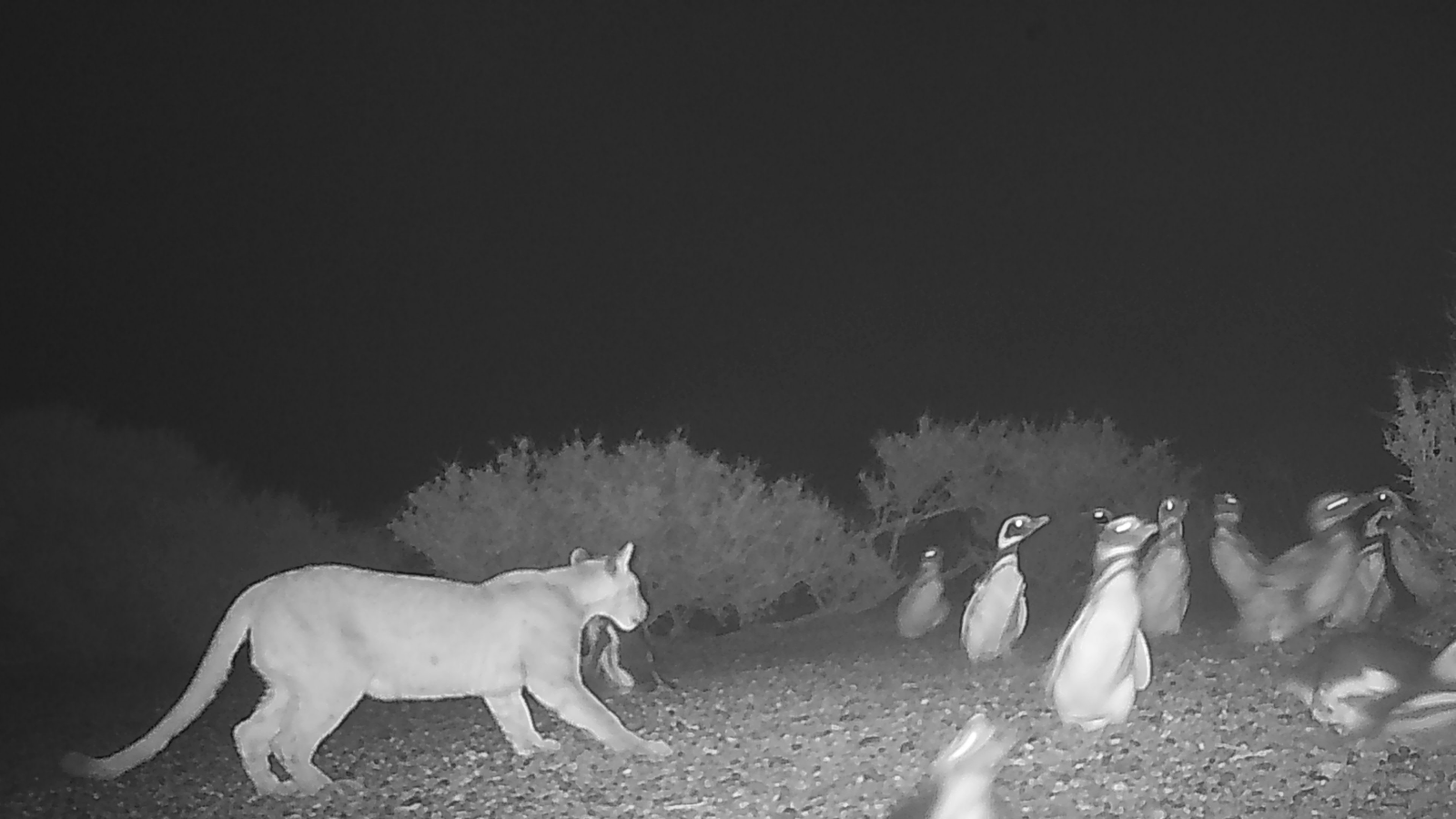Women likely ruled in Stone Age China, DNA analysis of 4,500-year-old skeletons reveals
Genetic analysis of 60 people buried in a Stone Age cemetery has revealed two clans headed by women that spanned 10 generations.

Women headed communities in eastern China about 4,500 years ago, a DNA analysis reveals.
While analyzing the ancient DNA of skeletons buried in Stone Age cemeteries in China, archaeologists discovered that the society was organized in an extremely rare way: Everyone belonged to one of two clans headed by women, and people were buried in their maternal clans for at least 10 generations.
At the archaeological site of Fujia in eastern China, researchers discovered two cemeteries roughly 330 feet (100 meters) apart flanking an ancient residential area. More than 500 burials were excavated and radiocarbon-dated to between 2750 and 2500 B.C.
In a study published June 4 in the journal Nature, an international team of researchers detailed their analysis of the DNA of 60 skeletons discovered at Fujia — 14 from the north cemetery and 46 from the south cemetery.
All 14 people from the north cemetery shared the same type of mitochondrial DNA (mtDNA), which is transmitted only from mother to child. This suggests that all of the people had the same maternal lineage, the researchers wrote in the study.
In the south cemetery, the researchers identified a different mitochondrial DNA lineage that was shared by 44 of the 46 people they tested. And when the researchers analyzed the Y chromosomes from the male skeletons, they found a high degree of diversity. Together, those findings suggest that the fathers of those buried in the cemeteries came from different lineages while the mothers were related.
"By integrating mtDNA and Y-chromosome analyses, we provide evidence that most individuals at Fujia, irrespective of their sex, were buried according to their maternal lineage," the researchers wrote in the study. In particular, both teenage and adult males were buried exclusively in their maternal clans, which "aligns with the common norms of a matrilineal society," according to the study.
Get the world’s most fascinating discoveries delivered straight to your inbox.
Such findings of ancient societies organized along maternal lines are rare. Only three other studies have used DNA analysis to identify matrilineal communities: Chaco Canyon in New Mexico, Celtic elites in southern Germany, and the Durotriges in Iron Age Britain. Similar practices, however, have been found in contemporary Southeast Asian matrilineal societies.
Related: 'Overkill' injuries on Bronze Age skeletons reveal fierce feuding in ancient China
Deeper analysis revealed high rates of "consanguinity" — marrying a blood relative — over the span of 10 generations. While many people likely married their second or third cousins, four individuals showed signs of mating with first cousins or closer relatives.
While such consanguinity may not be the preferred marriage pattern, it inevitably occurs when you have small, closed-off societies, the researchers wrote.
This "unique social organization" has not been found previously in Stone Age East Asian populations, according to the researchers.
"It is exciting to find a matrilineal society in Neolithic China," Yu Dong, an archaeologist at Shandong University who was not involved in the study, said in a statement.
The Fujia study provides key insights into the social and environmental conditions during the transition from smaller to more complex societies, the researchers wrote. Future DNA and archaeological research should help clarify matrilineal social organization in early human societies, they added.
Terracotta Army quiz: What do you know about the 'warriors' in the 2,200-year-old tomb of China's 1st emperor?

Kristina Killgrove is a staff writer at Live Science with a focus on archaeology and paleoanthropology news. Her articles have also appeared in venues such as Forbes, Smithsonian, and Mental Floss. Kristina holds a Ph.D. in biological anthropology and an M.A. in classical archaeology from the University of North Carolina, as well as a B.A. in Latin from the University of Virginia, and she was formerly a university professor and researcher. She has received awards from the Society for American Archaeology and the American Anthropological Association for her science writing.
You must confirm your public display name before commenting
Please logout and then login again, you will then be prompted to enter your display name.


